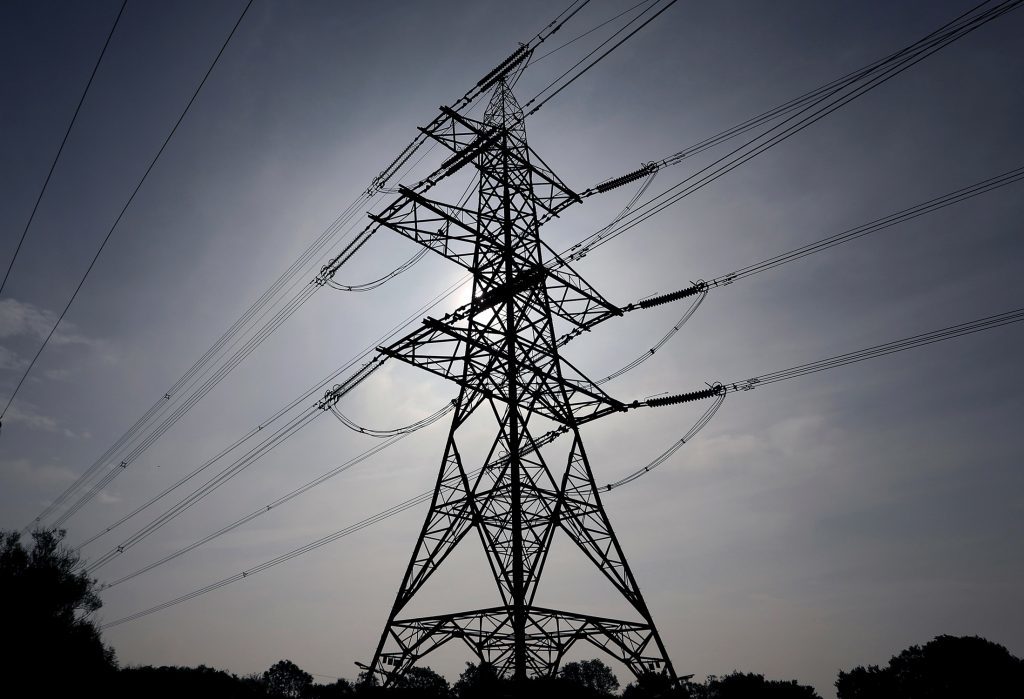
As renewables start to be profitable for customers, disruption to the utilities market will soon follow, new research shows.
The Centre for Climate Finance and Investment at Imperial College Business School’s findings look at the changing face of the consumer experience and how it relates to household energy and renewable energy by the year 2030.
The report also states that while it’s unlikely people will totally disconnect from the energy grid by 2030, there will be a gradual withdrawal from the traditional mode of receiving electricity.
The research also suggests that as people begin to move en masse to a cheaper energy alternative, traditional power suppliers will inevitably hike up prices which will cause further consumers to switch.
Charles Donovan, director at the centre, said: “The concept of grid parity does not capture the increasingly complex changes in the relationship between electricity producers and consumers and is flawed on several levels. Firstly, electricity generated from renewable energy is, by its very nature, intermittent.
“What’s more, different consumers face different prices for their electricity with residential consumers paying the most. Finally, the price that consumers pay for their electricity is not necessarily static. The framework created by the Centre takes these points into consideration and differentiates between consumer types and energy services provided.
“The UK government has a big problem on its hands: solar and storage technologies are advancing rapidly and will bleed revenues from the utilities sector, yet we need a financially healthy industry to enable large-scale investments in smarter, more flexible electric power networks. The transition ahead is going to be messy. For example, the expensive base load power to be generated by Hinkley Point C may not even be needed if consumers make the profitable switch to onsite solar and storage indicated by our model.”
Recommended for you
